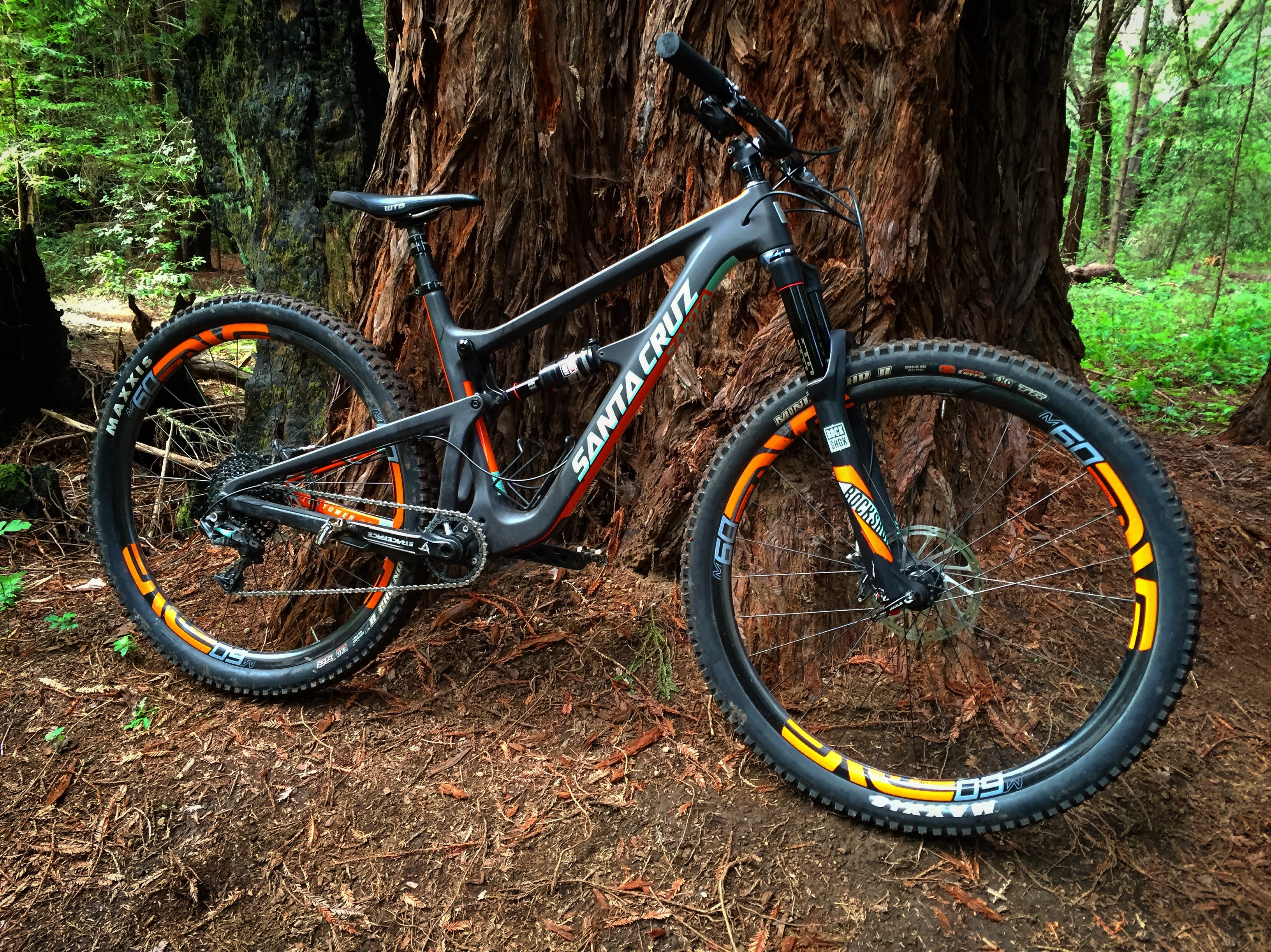
Project Impact
$7.2K in annual revenue recovery 67% fleet utilization improvement 45% reduction in idle time
The Challenge
Urban Cycle Solutions, a rapidly growing bike rental company operating across a major metropolitan area, was facing a critical problem that many scaling businesses encounter: their success was creating new inefficiencies they couldn't see clearly.
Despite having over 500 bikes across 25 strategic locations and strong customer demand, the company was struggling with significant operational challenges that were quietly eroding their profitability. Bikes were frequently unavailable at high-demand locations while sitting unused at others, maintenance costs were spiraling due to poor scheduling, and their pricing strategy hadn't evolved with their expanding market presence.
Key Problems Identified:
- Uneven fleet distribution: 40% of locations consistently had zero available bikes during peak hours
- Poor demand forecasting: Unable to predict busy periods, leading to missed revenue opportunities
- Inefficient maintenance scheduling: Reactive approach causing 25% higher repair costs
- Static pricing model: Single price point regardless of demand, location, or time
- Limited operational visibility: No real-time insights into fleet performance or customer patterns
Our Approach
We implemented a comprehensive data analytics solution that transformed how Urban Cycle Solutions understood and managed their operations. Rather than making assumptions about customer behavior, we let the data reveal the real patterns driving their business.
Phase 1: Data Infrastructure & Analysis (Weeks 1-4)
- Comprehensive data audit: Integrated GPS tracking, rental transactions, weather data, and local event schedules
- Historical pattern analysis: Identified usage trends across different times, locations, and conditions
- Customer journey mapping: Tracked user behavior from rental to return
- Operational bottleneck identification: Found critical inefficiencies in current processes
Phase 2: Predictive Model Development (Weeks 5-8)
- Demand forecasting models: Predict bike demand by location and time with 89% accuracy
- Dynamic redistribution algorithms: Optimize bike placement across the network
- Maintenance prediction system: Anticipate service needs before breakdowns occur
- Pricing optimization engine: Adjust rates based on real-time demand and availability
Phase 3: Implementation & Optimization (Weeks 9-24)
- Real-time dashboard deployment: Live operational insights for management team
- Staff training programs: Ensured team could effectively use new data-driven processes
- Gradual rollout: Tested changes in select locations before full deployment
- Continuous monitoring: Tracked performance and refined algorithms based on results
Key Insights Discovered
Our analysis revealed several surprising patterns that completely changed how Urban Cycle Solutions approached their operations:
Critical Discovery
Weather Impact: We discovered that bike demand increased by 40% on days with temperatures between 70-85F and decreased by 60% when wind speeds exceeded 15mph. This insight alone allowed for much more accurate demand forecasting.
Location Hotspots: Three specific locations accounted for 45% of all rentals but only had 20% of the fleet. Redistribution to these high-demand areas immediately improved utilization.
Pricing Elasticity: Customers were willing to pay 25% more during peak demand periods, but the company was leaving this revenue on the table with static pricing.
Results Achieved
The transformation was both immediate and sustainable. Within the first month, Urban Cycle Solutions saw significant improvements in key operational metrics, and by month six, the results exceeded all expectations.
Long-Term Impact
Scalable Growth Foundation: The data infrastructure we built allowed Urban Cycle Solutions to confidently expand to 15 new locations over the following year, using predictive models to identify optimal placement.
Competitive Advantage: Dynamic pricing and superior bike availability gave them a significant edge over competitors still using traditional operational methods.
Operational Excellence: The company went from reactive crisis management to proactive optimization, freeing up management time for strategic growth initiatives.
Technologies & Methods Used
This project demonstrated that sophisticated analytics doesn't require enterprise-level budgets. We used a combination of accessible tools and custom solutions:
Technical Implementation:
- Data Integration: Python scripts to consolidate data from GPS trackers, payment systems, and weather APIs
- Analytics Platform: Tableau for real-time dashboards and Microsoft Excel for predictive modeling
- Machine Learning: Simple regression models for demand forecasting (no complex AI required)
- Automation: Zapier workflows to trigger rebalancing alerts and maintenance schedules
- Monitoring: Google Sheets-based tracking system accessible to all team members
Lessons Learned
This project reinforced several important principles that apply to data analytics initiatives across industries:
Start with business problems, not technology. The most sophisticated models are worthless if they don't solve real operational challenges. We focused on the specific pain points Urban Cycle Solutions was experiencing rather than implementing analytics for its own sake.
Simple models often outperform complex ones. Our demand forecasting model used basic regression analysis but achieved 89% accuracy because it focused on the right variables. Complex doesn't always mean better.
Cultural change is as important as technical implementation. Half our effort went into training staff and changing processes. The best analytics system fails if people don't use it effectively.
Ready to Optimize Your Operations with Data?
Urban Cycle Solutions' success story shows how the right data analytics approach can transform operational efficiency and profitability. Whether you're in transportation, retail, or services, similar opportunities likely exist in your business.
I'd love to explore how we can apply these same principles to your specific challenges and help you achieve comparable results.
Schedule Your Free Operations Assessment